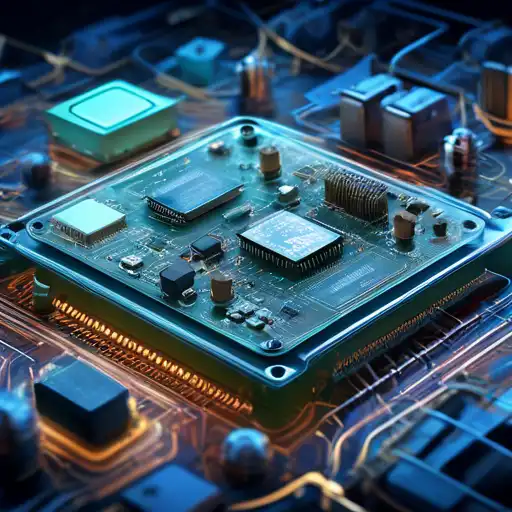Introduction to Embedded Systems
Embedded systems are specialized computing systems that perform dedicated functions or tasks within a larger system. Unlike general-purpose computers, these systems are designed to operate with minimal user intervention, making them the invisible yet crucial brains behind a myriad of smart devices we use daily.
How Embedded Systems Power Smart Devices
From smartphones and smartwatches to home automation systems and automotive controls, embedded systems are at the heart of these devices. They process inputs from sensors or user interactions and execute predefined tasks efficiently, ensuring seamless operation and enhanced user experience.
Key Components of Embedded Systems
An embedded system typically comprises a microcontroller or microprocessor, memory, input/output interfaces, and software that controls the system. The choice of components depends on the application's complexity and requirements.
- Microcontroller/Microprocessor: The brain that processes data and executes instructions.
- Memory: Stores the software and data.
- Input/Output Interfaces: Facilitate interaction with the external environment.
- Software: Provides the logic and control for the system's operation.
Applications of Embedded Systems in Everyday Life
Embedded systems are ubiquitous, found in various sectors including healthcare, automotive, consumer electronics, and industrial automation. They enable devices to perform tasks like monitoring health metrics, controlling vehicle functions, automating home appliances, and optimizing manufacturing processes.
Challenges and Future Trends
Despite their widespread use, embedded systems face challenges such as security vulnerabilities and the need for energy efficiency. However, advancements in IoT (Internet of Things) and AI (Artificial Intelligence) are paving the way for smarter, more connected, and energy-efficient embedded systems.
Conclusion
Embedded systems are the unsung heroes of the digital age, powering the smart devices that make our lives more convenient and connected. As technology evolves, these systems will continue to play a pivotal role in shaping the future of smart devices and IoT applications.
For more insights into how technology is transforming our world, explore our technology trends section.
